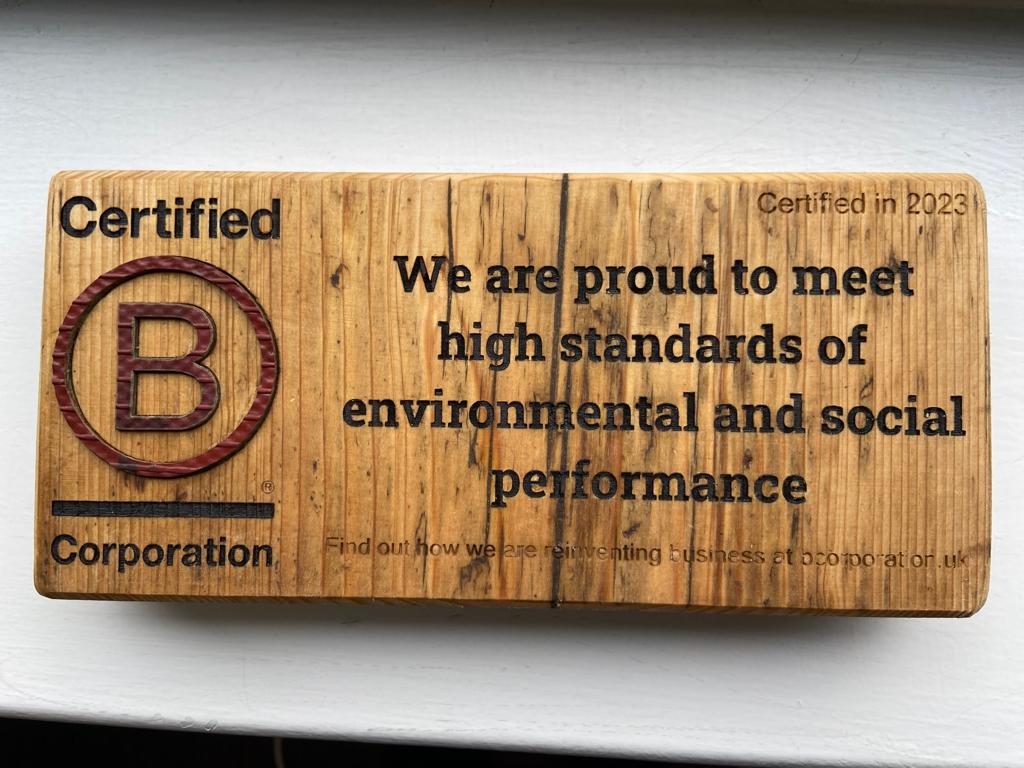It’s fairly clear that business leaders are still dealing with the financial and staffing fall-out of their businesses from the pandemic. But what next? What should a business leader focus on next?
Well, we don’t have to look far to the next crises. Three are with us now:
- The cost of living with double-digit inflation and the Bank of England forecasting a recession
- The energy crisis with a suggested autumn time-bomb
- The on-going Ukrainian crisis which is having a major impact on inflation and energy costs
Business failures are almost 50% up on last year pointing to a tightening of cash.
Never has the old saying:
‘Turnover is vanity, profit is sanity, cash is king (queen, jack and the whole house)’
had greater resonance with business leaders.
After two turbulent years and potential difficult times ahead, it is those last few words that have the greatest meaning. A rolling cashflow forecast is critical and must be reviewed weekly. The horizon should be 13-weeks, up to a year, depending on the industry. Certainly, the coming month should be in focus – that activity never goes away.
So, we would suggest that the question is not, ‘What next?’ Rather, ‘What in tandem?’
Here, we offer two aspects to be undertaken concurrently to prepare for a possible recession.
Firstly, communicate like never before to your staff. More on this shortly.
Secondly, focus on your key customers / clients in your most profitable segments. Segments are groups of customers with the same or similar needs. They are not sectors. Your customers have probably been working with you for a considerable period of time, therefore, relationships are key. How can you effectively act in their interest in these uncertain times? That is where competitive advantage lies. While doing this, prune out those that are a drag on resources.
What communications strategies should a business leader be adopting over and above their current approach to their staff and their customers?
We have been facing a global challenge of unparalleled proportions and leaders should remain mindful of the impact that this crisis has had on their staff. So, as we face the next waves of change, on an individual level your people will be looking to their leaders for reassurance, decisiveness and guidance through the uncertainty. By keeping calm, composed and projecting a positive attitude, leaders can give confidence to their teams that we can get through this next period.
However, leaders also need to be open and it is important not to blindly reassure everyone that ‘everything will be ok’. By keeping people informed and giving them an opportunity to voice their concerns, you can help to reduce the feeling of panic and anxiety. Before the pandemic, Gallup found that only 13% of the workforce strongly agreed that their leadership team communicated effectively with the rest of the organisation, so now, more than ever, is the time to communicate with them until their ears hurt. Provide timely and frequent information and explain why and how you are making decisions. As more and more people continue to work remotely, make sure that they are aware of expectations, provide regular feedback and remember to recognise and acknowledge good performance is crucial – a thank you goes a long way.
Richard Branson is quoted as saying, “Happy employees equal happy customers”. It’s your employees who are in most regular contact with your customers. By engaging with your staff, and by focusing on your key clients in your profitable segments, all that is left to decide on is the content and tone of the message, with an appreciation of the frequency of contact.
How much should a business share its true financial position with employees?
Employees are an important stakeholder. They are also responsible people. After all, most have mortgages, loans and family budgets that they manage. If there is effective leadership in business, then staff will trust the very senior people in their company. Why not share the financial position? Employees may have cost-saving ideas, inventive ways to work more efficiently and effectively and suggestions to improve. Leaders should remember that any announcement of change (and if you have never shared financial information before it will be perceived as a change) is met with a feeling of shock by staff and in the main they’ll be thinking of the impact on them personally. Leading your staff through the change curve quickly is such a vital element.
When should business leaders revisit their plan? And how often?
Many businesses are planning for the new reality now.
We have been in a crisis so some may think that normal business plan cycles go out of the window. Not so. We’ve always advocated an annual business plan, split by quarter i.e. a 12-13-week focus. That fits in a time of crisis as tasks can be broken down into short term (within a month), medium term (one to three months i.e. within that quarter), and longer term which is the rest of the year. We’d expect the senior management team to review the business plan quarterly and then managers to manage the tasks within the plan monthly. Clearly, there will be more tactical actions if there is a deviation from the plan, or if the situation is fundamentally changed. The senior people may then throw away the old plan, if it is not appropriate, and create a new one.
How much should business leaders delegate and empower their employees in a crisis?
There are many strong reasons to delegate, but in the initial stages of a crisis, direction needs to come from the top and business leaders may need to assume a more directive approach. However, change throws up the need for leaders and leadership lies at all levels in an organisation. So, as employees have adjusted to ‘the new normal’ and the changes in processes, leaders should be encouraged to step up again and play a key role in delivering the plan that will help ensure that businesses emerge from the crisis stronger and more resilient.
Whilst there are many decisions that will need to remain with the senior leadership team, business leaders should ensure that, where possible, decision making is distributed throughout the organisation to the lowest possible level. Meaning that decisions are made by the person who is best placed to do so. Your employees will inevitably be the ones who are closest to your customers, your processes and your products or services, which means they are usually the people with the right information to make the best decision.
By creating a culture that encourages employees to empower themselves and take responsibility for decision-making where appropriate, it will free senior leaders from having to deal with a multitude of decisions, preventing them from becoming a bottleneck and allowing them time to focus on strategic issues.
Are there lessons which we can take from the 2008 financial crisis and the pandemic?
There are five common lessons that can be applied, most of which we’ve discussed so far.
In summary, they are:
1. Financial – protecting cash flow
2. Market / customer – focus on customer retention while identifying more profitable work
3. Employee engagement – match your structure to your strategy and re-structure quickly, explore working from home, job share, reduced hours and identify the skills for the future
4. Efficient and effective operations – eliminate waste, improve capacity planning, manage mix of work, encourage team-based improvements, devise better metrics
5. Leading change and planning for the future – we will get through this crisis, there will be a future, so senior leaders need to plan for this too
What other approaches should business leaders be taking in such an unprecedented time?
Have the strength and foresight to invest in marketing and training your people. In times of uncertainty, those are the first things that get cut. Research points to the fact that the best companies invest in slumps. They build a capability and a capacity that acts as a springboard when the upturn arrives. And it will arrive. By concentrating on a marketing approach which speaks to customer needs, addresses their concerns and sends the right message, organisations can build and strengthen key customer relationships.
You should still invest in your people, making engagement and improving morale a priority. Give your colleagues your support, both practical and emotional, coach them, challenge them and inspire them. It is your people who will provide the creative solutions to today’s challenges which will in turn enable organisations to survive and emerge even stronger from what lies ahead.
If you are unsure how to do this then invest in leadership training for yourself. We have worked with hundreds of local business leaders and we have witnessed them developing these skills which they are now putting to much use.
If you'd like to understand more about developing your leadership, employee engagement and communicating effectively, these are key themes on our leadership and business strategy program, LEAD™. Our next Cohort starts in November and for more information, please get in touch with us here.
Keep up-to-date on the latest leadership and management tips by signing up to our weekly blog here




